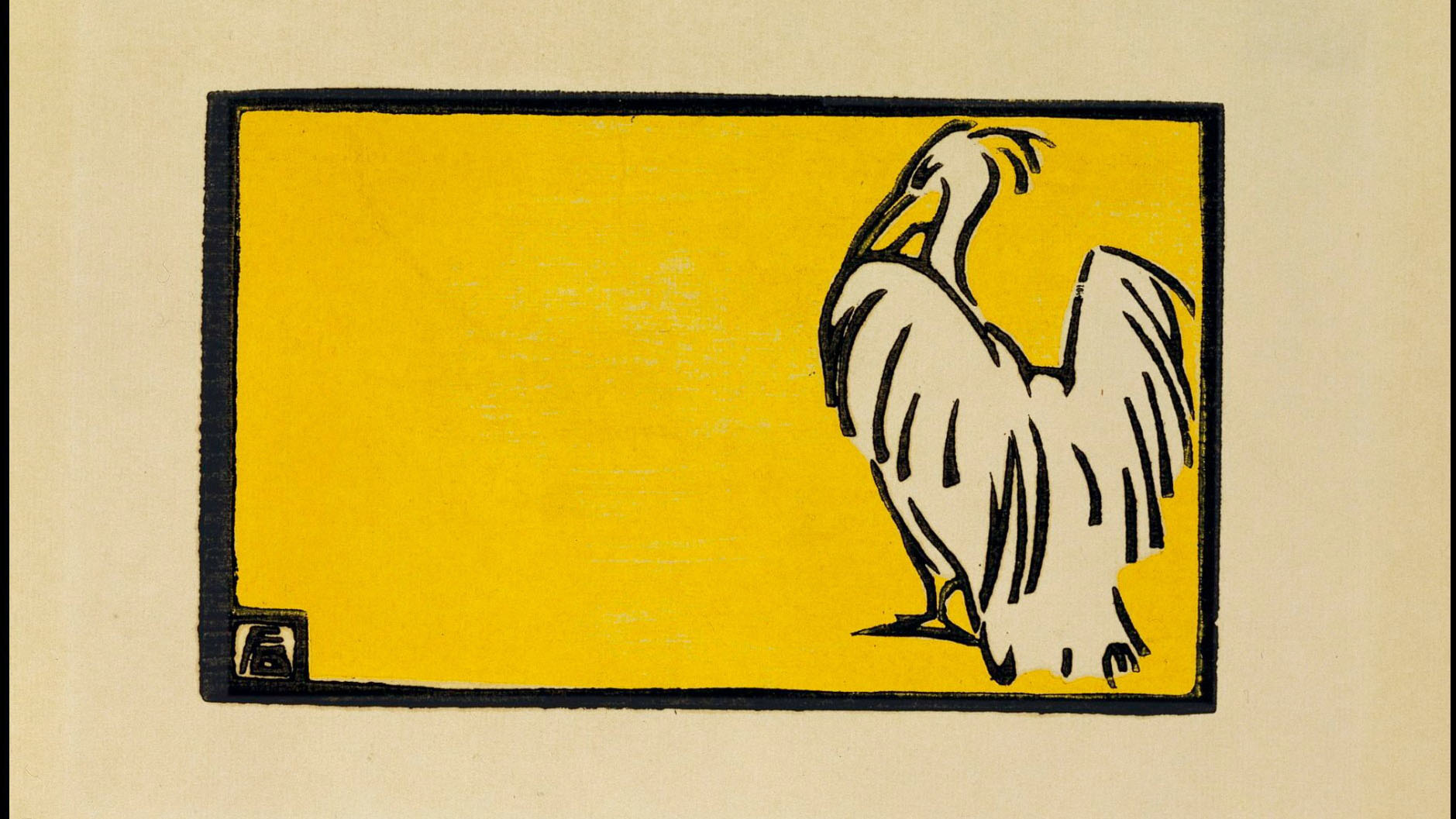The Brücke Museum in Berlin is currently showcasing an exhibition that is dedicated to Fritz Bleyl and the beginning of the legendary artists’ association. Four young architecture students founded the artists’ association in 1906, intending to rewrite art history, away from the mustiness of the established art scene of the Wilhelmine Empire.
To finance themselves, they recruited passive members who paid an annual fee of 12 marks and in return received a folder with three original graphics by the artists once a year. These folders are worth a fortune today as they were penned by the later world-famous Brücke artists Ernst Ludwig Kirchner, Erich Heckel, and Karl Schmidt-Rottluff.
The Brücke Museum is dedicating the exhibition 1905: Fritz Bleyl and the Beginning of the Bridge to him, focusing on the founding period of the organization in eight chapters, showing a total of 148 works, and with 50 of them by Fritz Bleyl.
Lisa Marei Schmidt, the museum director, said, “Especially the early works reflect how the young artists were still looking for their own signature.” The precariously executed signatures also speak for this fact.
Fritz Bleyl used Vincent van Gogh’s technique so clearly that Nolde scoffed at the early works of Die Brücke, “You shouldn’t call yourself Brücke, you should call yourself van Goghiana.” Later, the Brücke artists found their greatest power of expression in the expressionist woodcut.
One of the exciting exhibits in the show is the original membership folder from 1906, and the association had a total of 15 passive members at the time. Ernst Ludwig Kirchner’s early work “Ruhendes Mädchen mit Headaches from 1906 is also displayed.
Fritz Bleyl left the group as early as 1907, “opting for a middle-class life, wanting to get married.” The exhibition includes his engagement announcement and portraits that he created of his wife Gertrud Tannert. Fritz Bleyl became a building supervisor at the State Building School in Berlin. When he worked artistically, it was more stained glass windows and tapestries related to his architectural career.
The bridge, which later also included Max Pechstein, Otto Mueller, and Emil Nolde, dissolved in 1913. The exhibition runs until June 4, 2023, at Bussardsteig 9, 6 euros, Wed–Mon 11 a.m.–5 p.m., ☎ 839 00 860, online exhibition.



